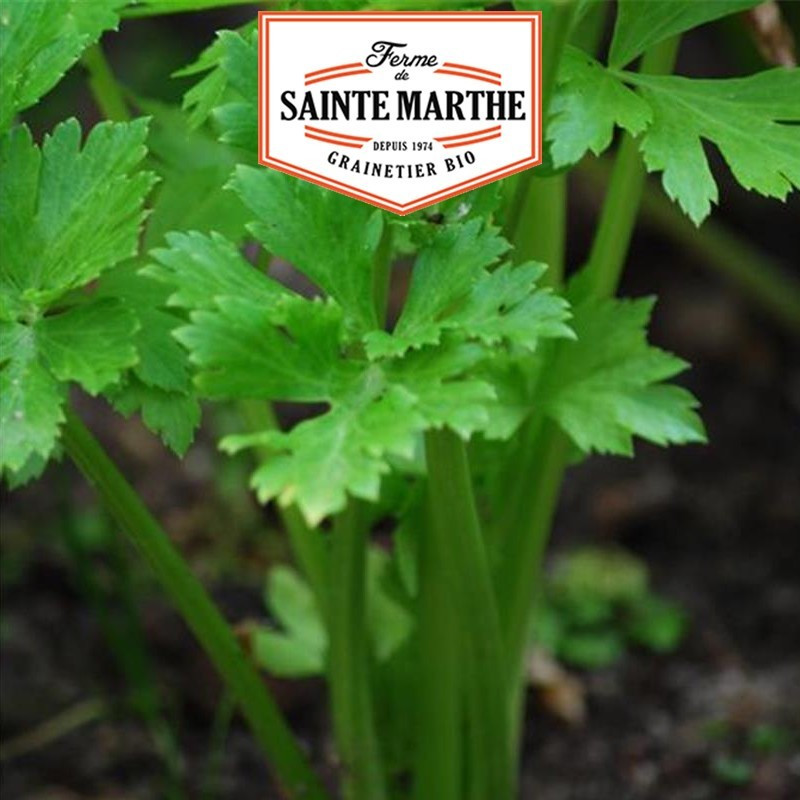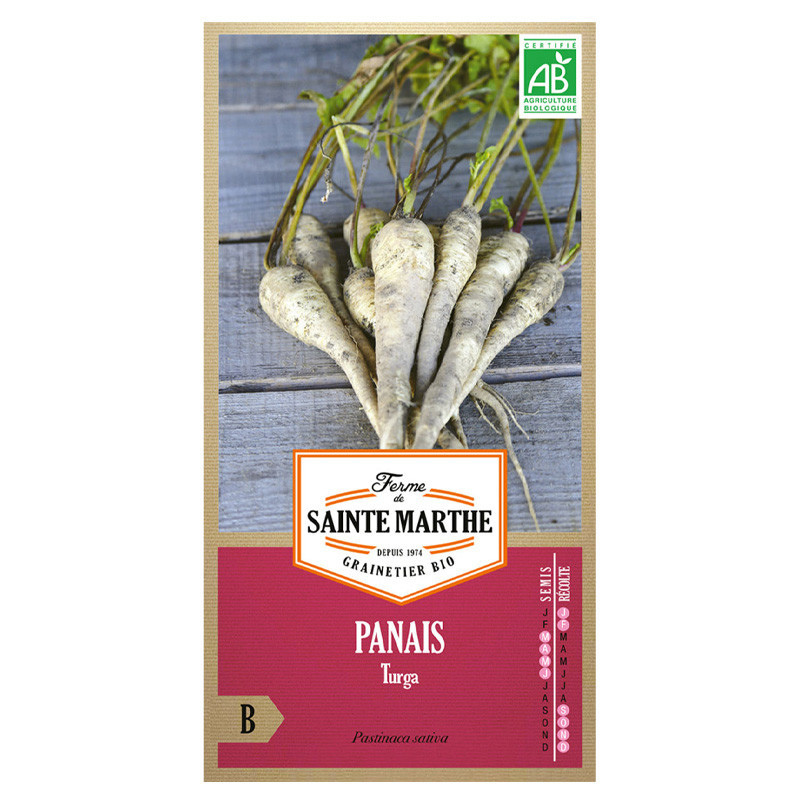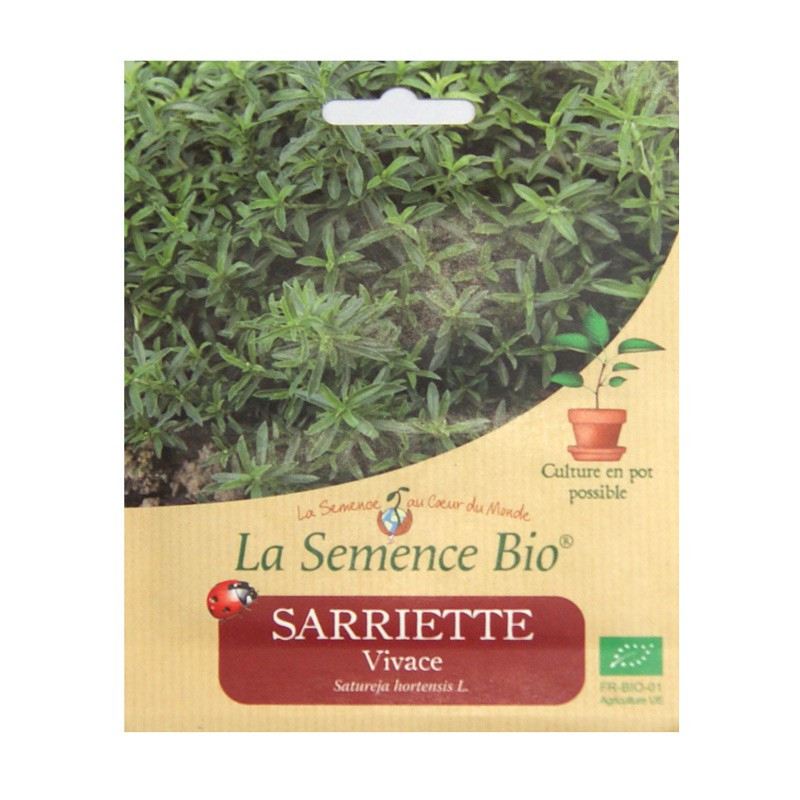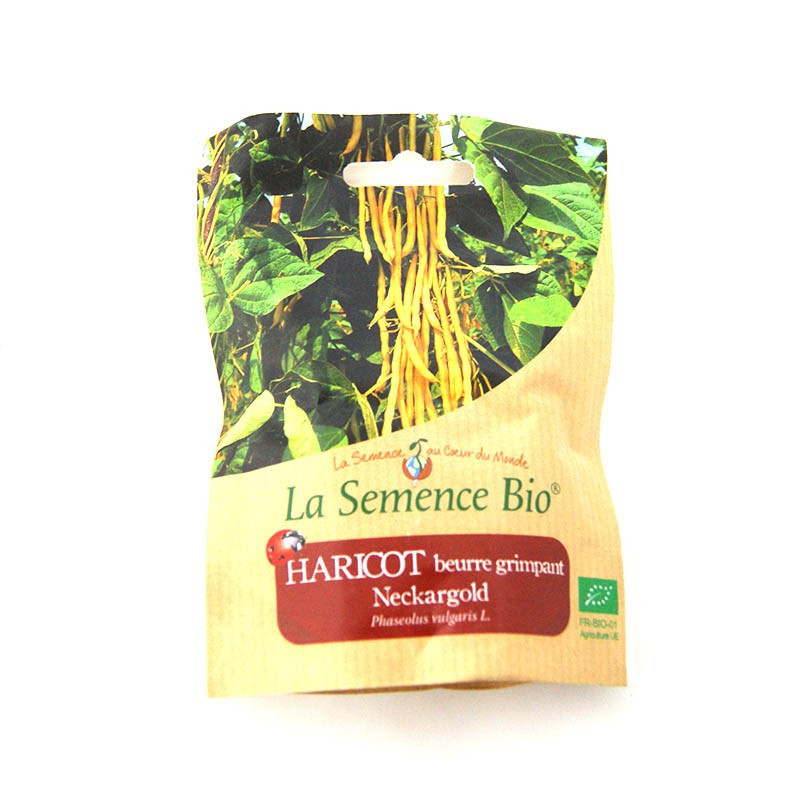



Turga parsnip - 400 seeds - AB - La ferme Sainte Marthe
Indoor Discount offers you quality seeds, carefully selected to guarantee rapid germination and vigorous plants
Data sheet
-
TypeSeeds
Get quality results with our selection of seeds!
Grow deliciously sweet and fragrant parsnips with our Turga parsnip seeds. This parsnip variety produces long, conical roots, known for their fine texture and sweet flavor. Turga parsnips are perfect for use in a variety of dishes, from soups and stews to purées and roasts. Their sweet flavor blends well with a multitude of ingredients, and they can be eaten raw or cooked. Grown with care, these seeds will produce vigorous, hardy plants, giving you a generous harvest of parsnips all season long.
Organically grown (AB)
Good to know :
Sowing: March / June
Harvest: From the end of OctoberMid-length Turga parsnip is a robust, cream-colored variety with exceptional resistance to frost, enabling it to be harvested late into the spring. Its long roots and vigorous foliage make it a popular choice for both amateur and experienced gardeners.
To sow Turga parsnips successfully, start between March and June, planting the seeds in rows 30 to 40 cm apart and about 1 cm deep. Choose a sunny spot and deep soil. Be patient, as germination can take 3-4 weeks. Be sure to keep the soil moist until the first true leaves appear. To improve germination conditions, you can cover seedlings with a fine mulch of fresh grass or a forcing veil. In heavy or poorly drained soil, sow on 10 cm high ridges.
Thin out the plants at 15 cm intervals to prevent the roots from becoming too thin or spongy. Regular watering is essential for good development. If you live in a region with a mild climate, sowing in late September can enable harvesting in May.
During cultivation, keep the plot clean for the first month to avoid competition from weeds. Hoe to keep the soil fresh and supple, and mulch in summer to conserve moisture. Copious watering once a week in summer is recommended. Parsnips generally start to look ready for harvest from late September, around five months after sowing.
Parsnips get on well with carrots, leeks, onions and radishes. Their close proximity will promote harmonious growth.
For harvesting, parsnips can be left in the ground all winter or stored in sand in the cellar for several months. Harvested after the first frost, they gain in sweetness and flavor. Parsnips can also be frozen for longer storage.
Beware: parsnips can cause an abnormal skin reaction if they come into contact with the sun and are then exposed to it. To avoid this, do not expose yourself to the sun after handling parsnips. In the event of contact, rinse affected areas with water and wash contaminated clothing. If a skin reaction occurs, consult a doctor or poison control center. Keep the label or a photo of the parsnip for easy identification in case of trouble.
Information:
- Height: 50 cm
- Color: Cream
- Life cycle: Biennial
- Type: Reproducible seeds
- Plant habit: Semi-erect
- Soil: Humus
- Germination temperature: 20 °C
- Sowing depth: Equal to seed size
- Sowing technique: In rows
- Sowing container: In the ground
- Watering frequency: Abundant / Weekly
- Exposure: Sun
- Foliage: Evergreen
- Planting: In the ground
- Spacing: 15 cm
- Seed emergence: 21 to 42 days
- Sowing to harvest: 120 to 150 days-
-
TypeSeeds
-
Trier ses déchetsNos emballages et/ou nos produits peuvent faire l’objet d’une consigne de tri. Plus d’info.
-



